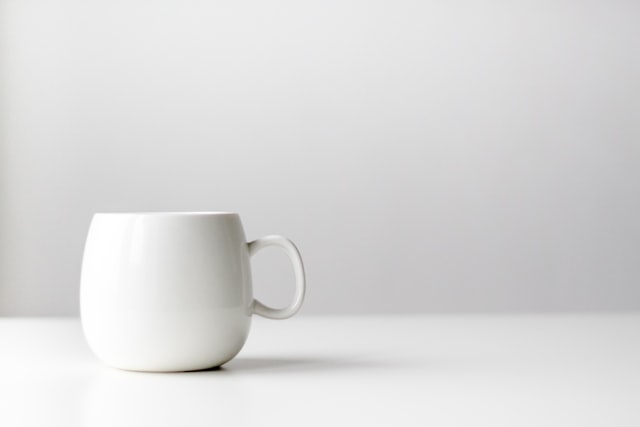Six ounces of liquid is equal to 0.75 cups, or 3/4 of a cup. A cup holds 8 ounces of liquid.
Divide the number of ounces by eight to find out how many cups you have. In this case, six divided by eight gives the same answer as before, which is 0.75.
Contents
How Many Cups Are in a Tablespoon?
One more unit you can use to measure ingredients is a tablespoon. One cup is equal to 16 tablespoons. Divide the number of tablespoons by 16 to get the number of cups. When you divide 4 tablespoons by 16, you get 0.25, which is 1/4 of a cup.
Tablespoons to Ounces: How to Do the Math
Two tablespoons are equal to one fluid ounce. Divide the number of tablespoons you have by two to get the number of ounces. Let’s say you need to know how many ounces 8 tablespoons are. Just divide 8 by 2 to find out. The answer in the end is 4 ounces.
How Many Ounces Are in a Teaspoon?
Even smaller than grammes, teaspoons are a unit of measure that you might need to change to ounces. One fluid ounce is equal to six teaspoons. To figure out how many ounces you have, divide the number of teaspoons by six. Two ounces of a liquid is equal to 12 teaspoons.
How Many Cups Are in a Teaspoon?
There are 48 teaspoons in a cup. Divide by 48 to turn teaspoons into cups. For example, 192 teaspoons divided by 48 is equal to 4 cups.
Why You Should Change Ounces to Cups (and Other Units)
You might want to change ounces or other smaller units to cups for a number of reasons. One instance is when you’re tracking your liquid consumption. Maybe you want to drink 80 ounces of water every day and want to know how many 8-ounce cups you’ll need to drink. Doing the math shows that you need to drink 10 cups to reach your goal.
You may also need to change ounces to cups when you are cooking, baking, or preparing food. Conversions may be needed if you want to use a different measuring tool or if you want to change how much a recipe makes in the end.
Take a recipe that calls for 4 ounces of milk as an example. To make three times as much of this, you need 12 ounces of milk. Divide 12 by 8 to find that you need 1.5 cups of milk. This tells you what measuring tool to use and what size it should be (and should use a measuring cup that can accommodate at least this much liquid).
Ounces Versus Fluid Ounces
The rule that 8 ounces is the same as 1 cup only works for fluid ounces. There is another kind of ounce that is used to measure the weight of something. A fluid ounce is a unit of measurement that tells you how much space something takes up. It doesn’t say how much weight the item has. Note that all of the examples so far have been about converting to fluid ounces, not to ounces used to measure weight.
Some people think that since 8 ounces of water is equal to 8 fluid ounces of water, this is true for all substances. But water is the one thing that is not like this. An ounce of mass isn’t always the same as an ounce of fluid.
If you use a measuring cup to measure 1 cup of flour and then weigh it, you will find that 8 fluid ounces of flour weighs a different number of ounces.
You can use fluid ounces or cups to measure both wet and dry ingredients. Just make sure that the measurements in the recipe you’re using are given in fluid ounces, not ounces used to measure weight.
The Daily Buzz combines the pursuit of interesting and intriguing facts with the innate human desire to rank and list things. From stereotypical cat pictures to crazy facts about the universe, every thing is designed to help you kill time in the most efficient manner, all while giving you something to either laugh at or think about!
